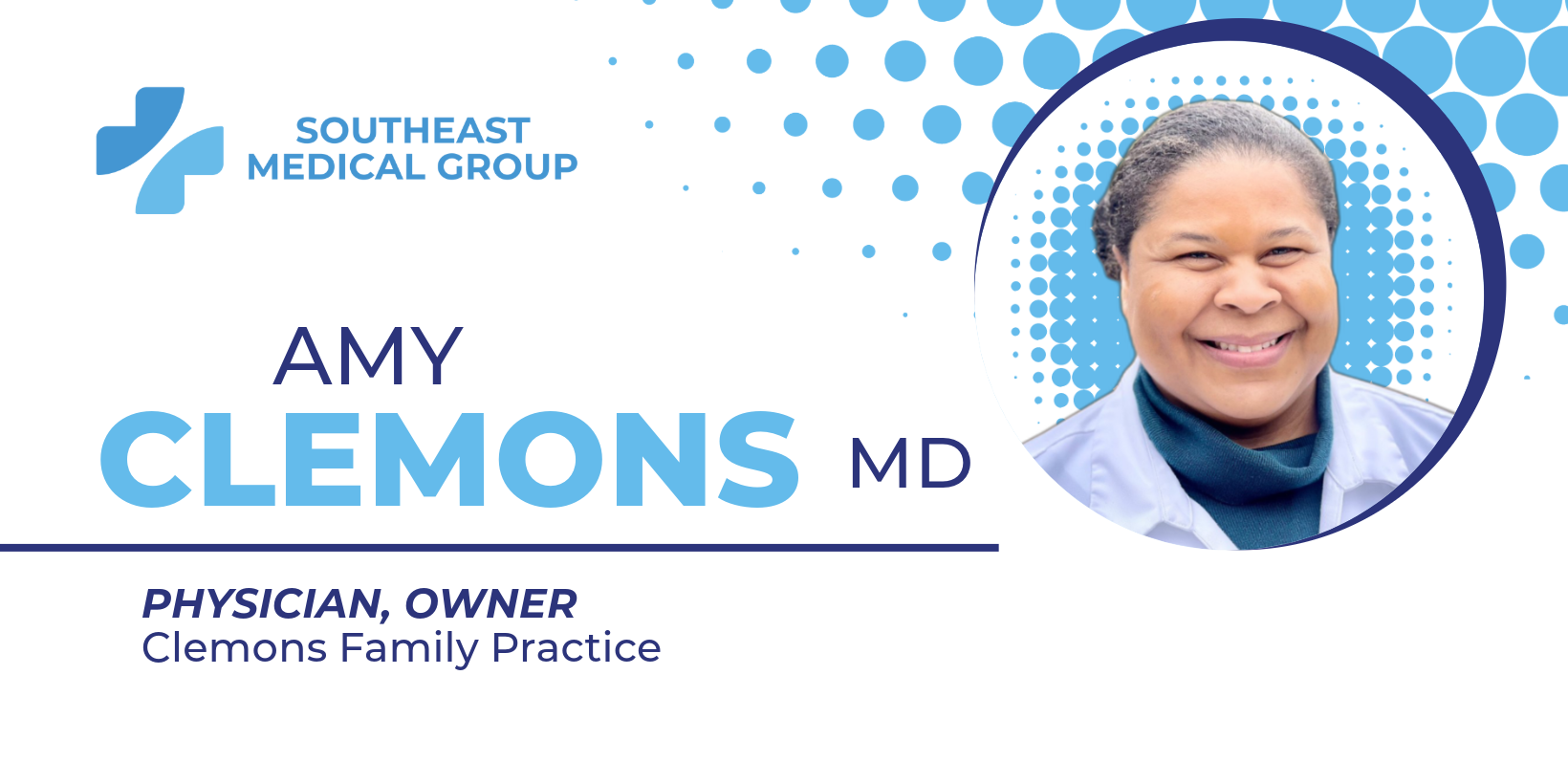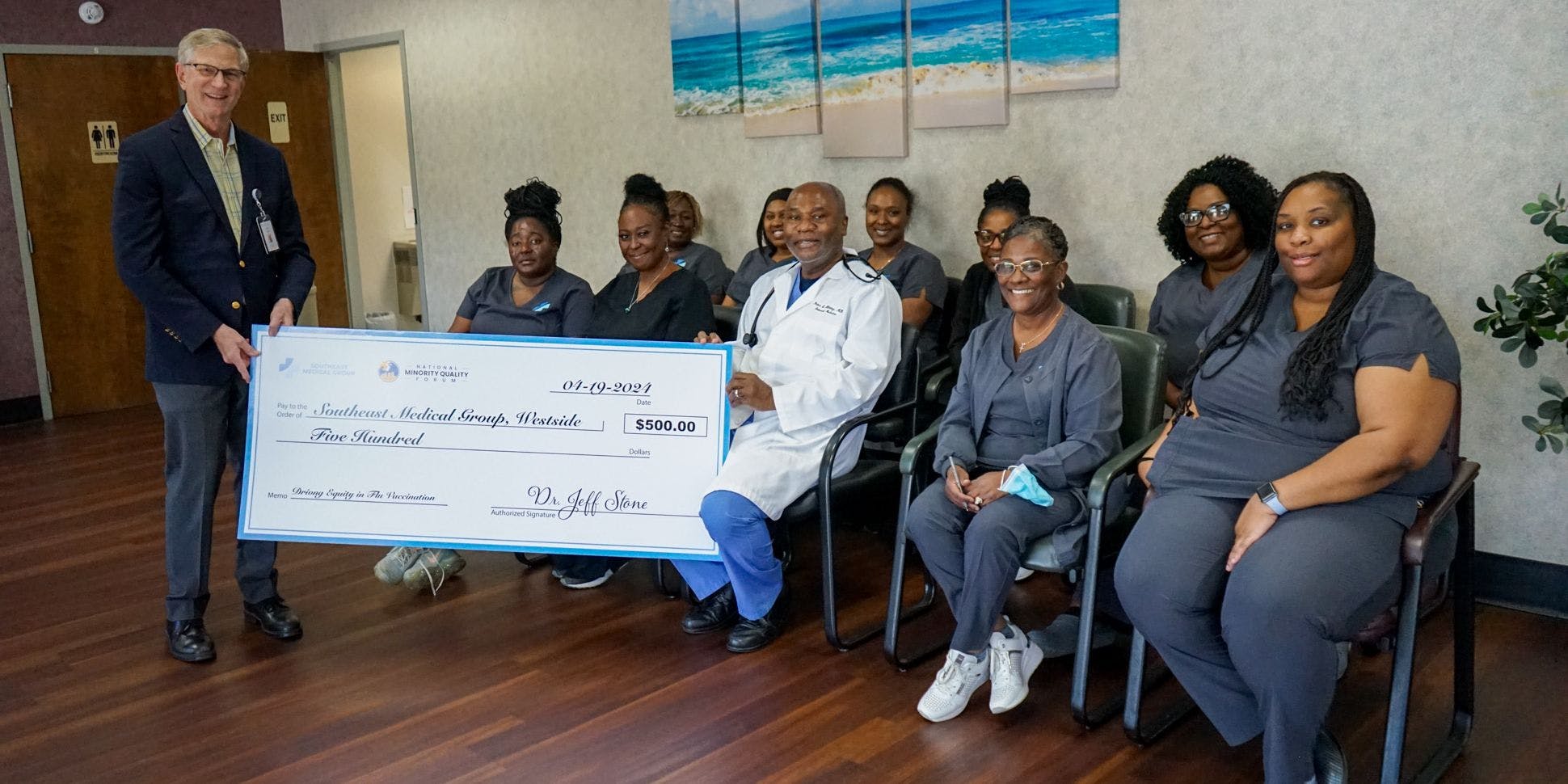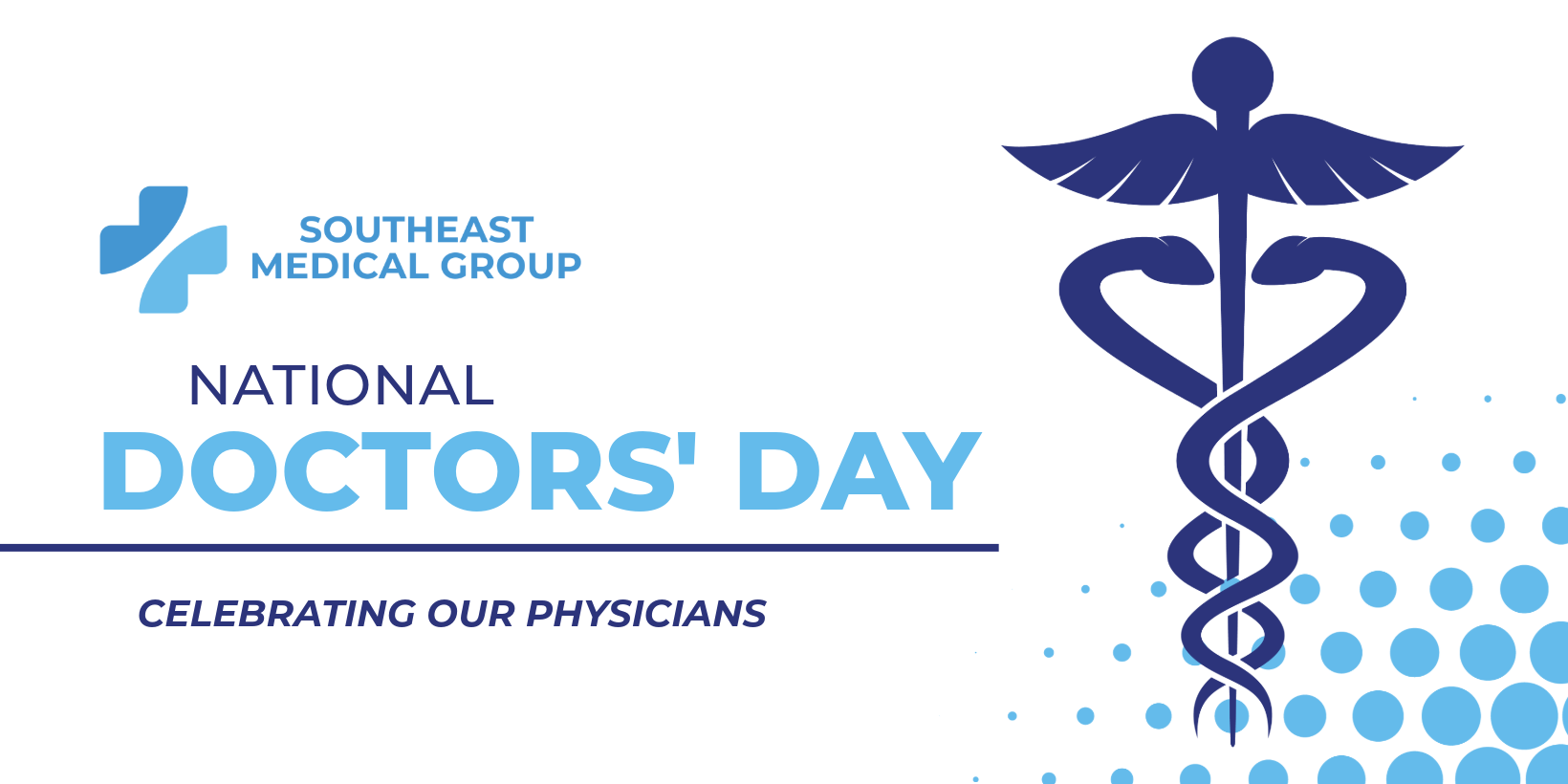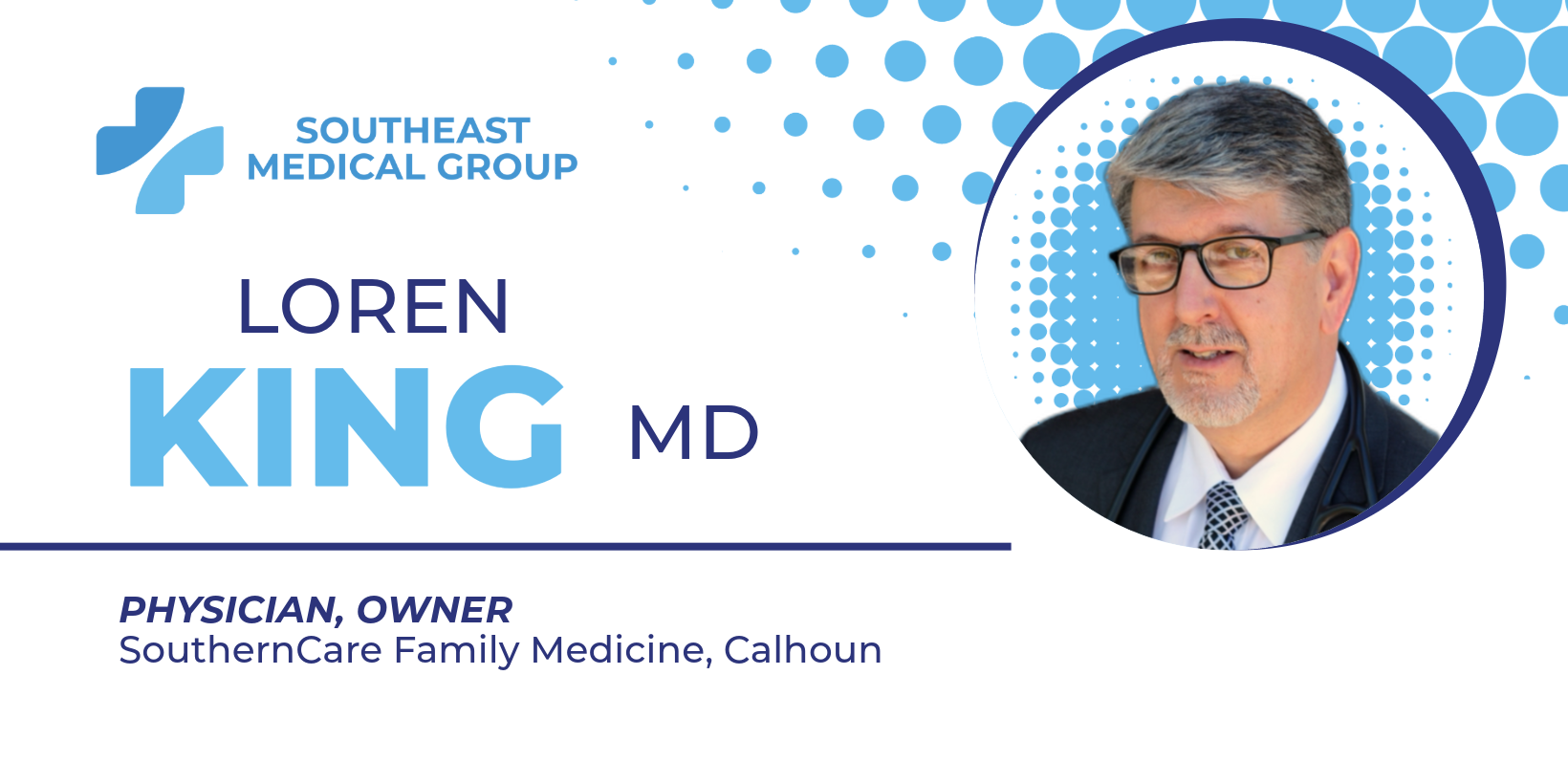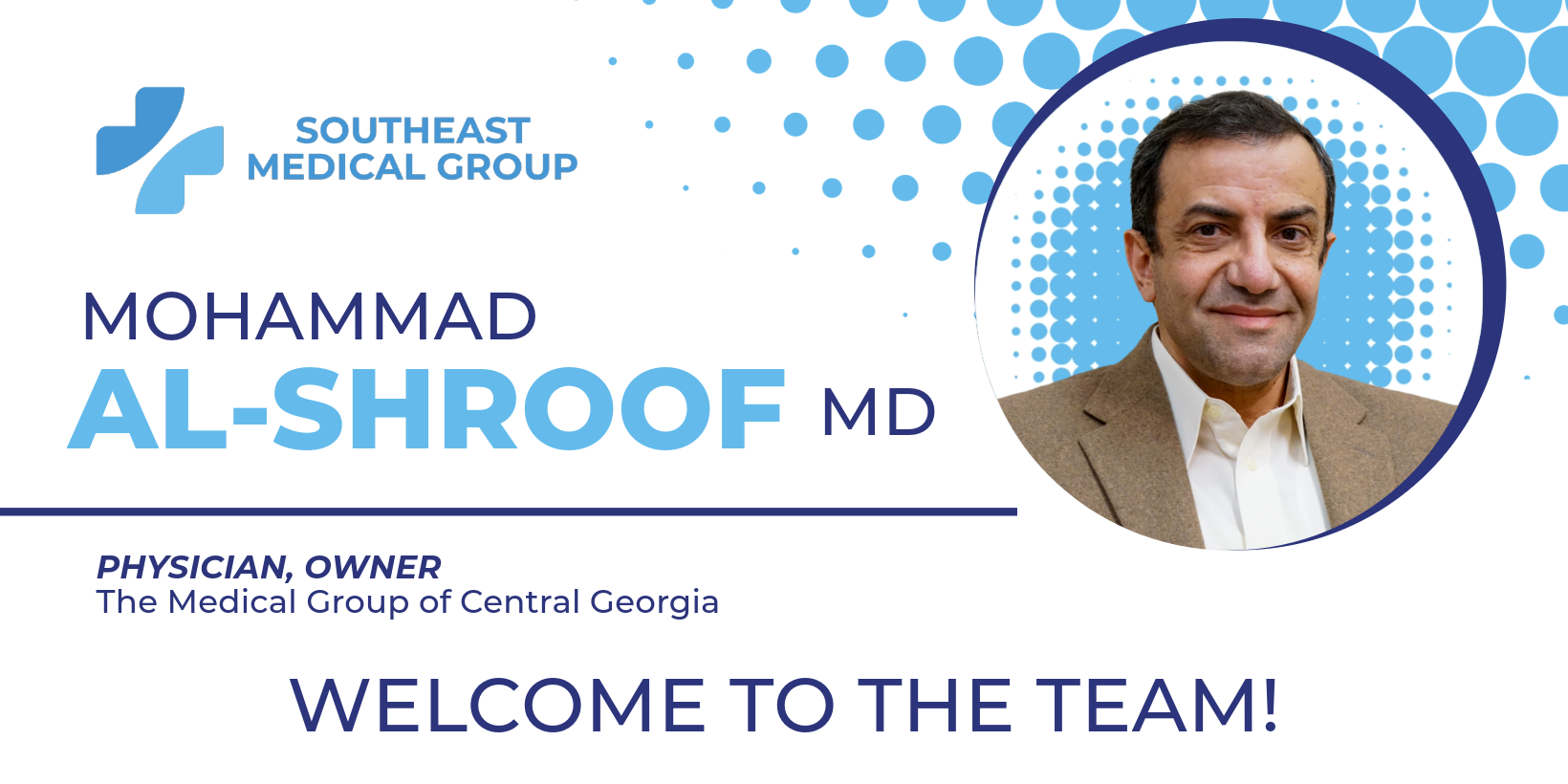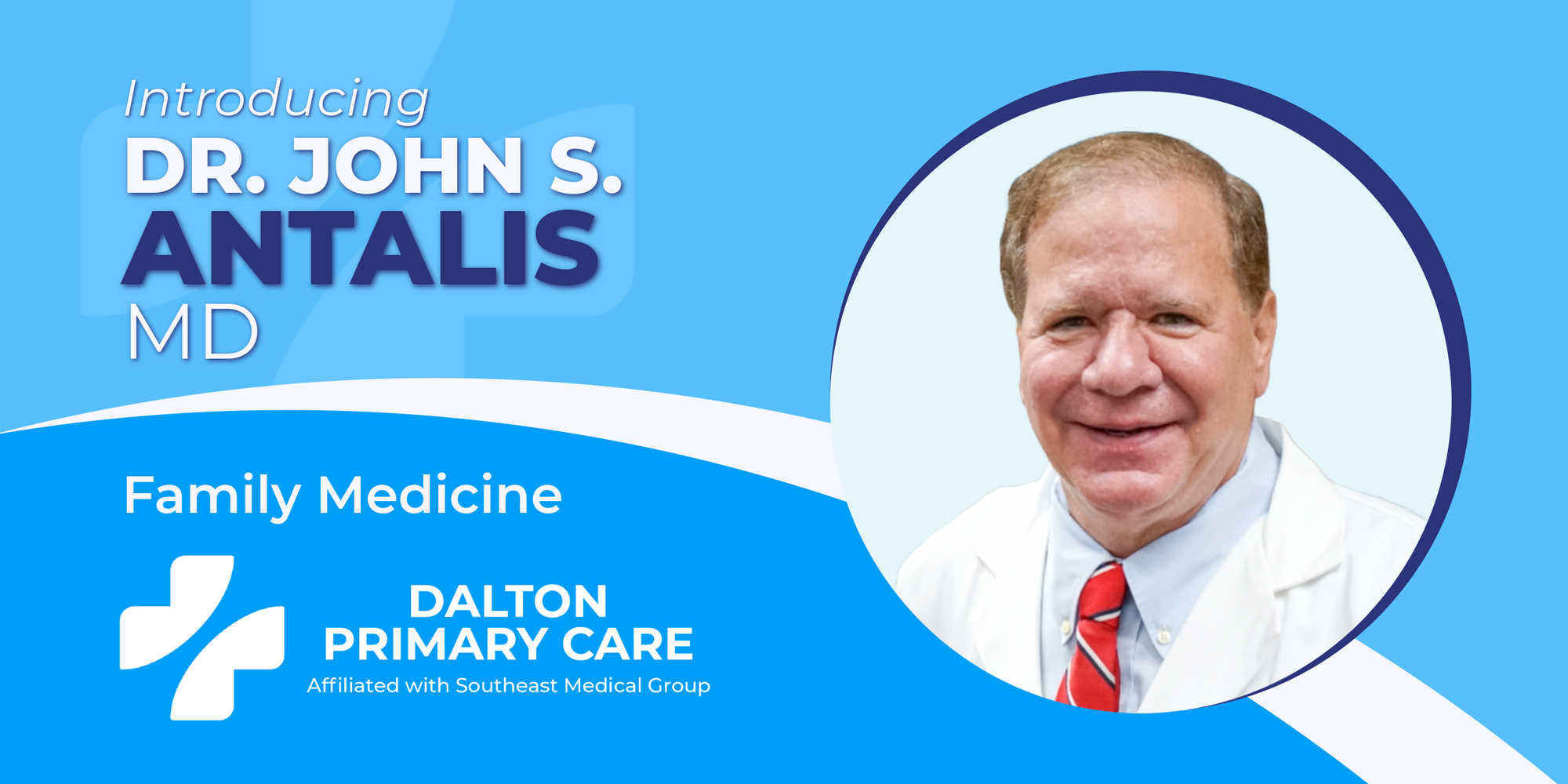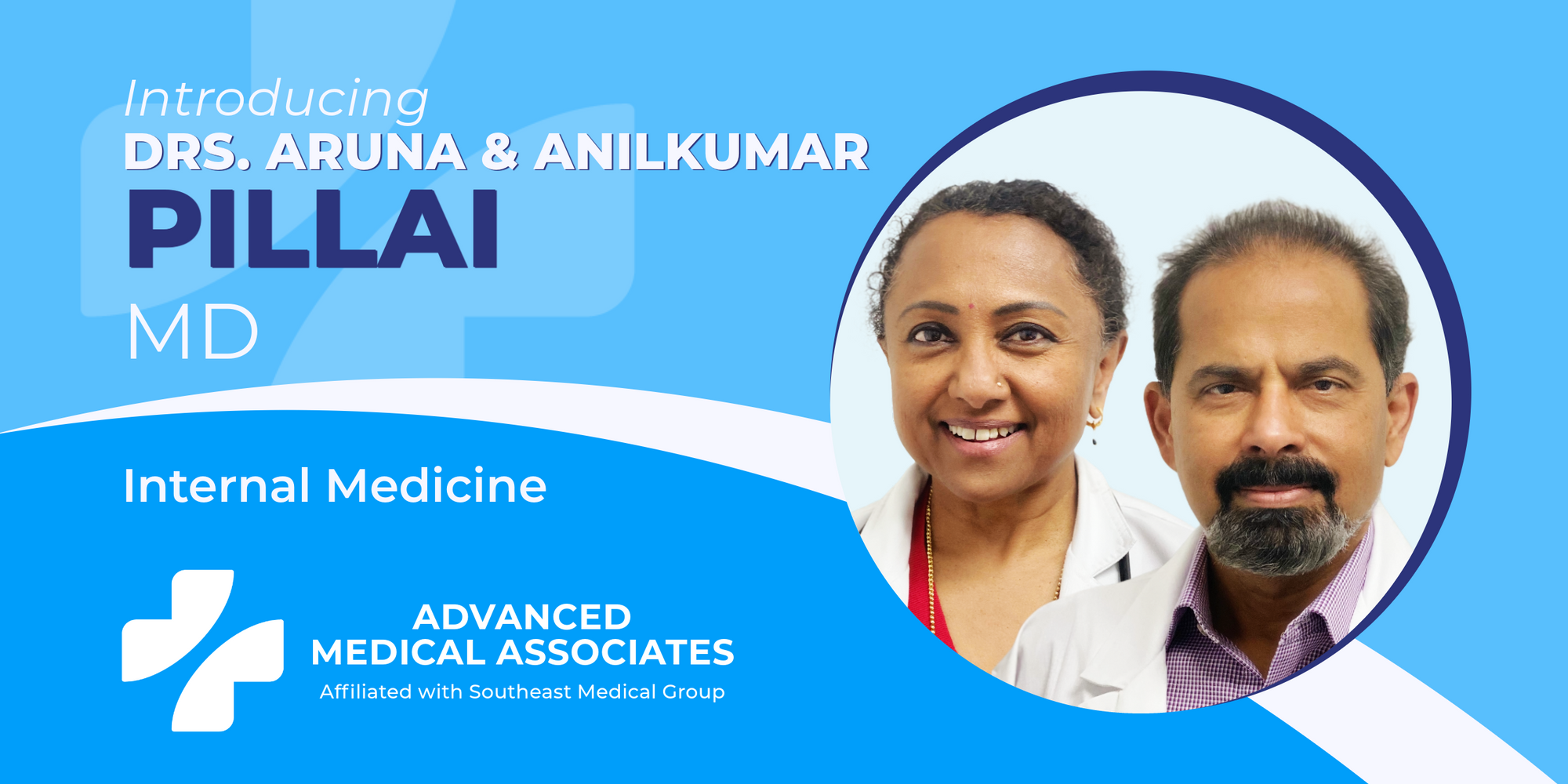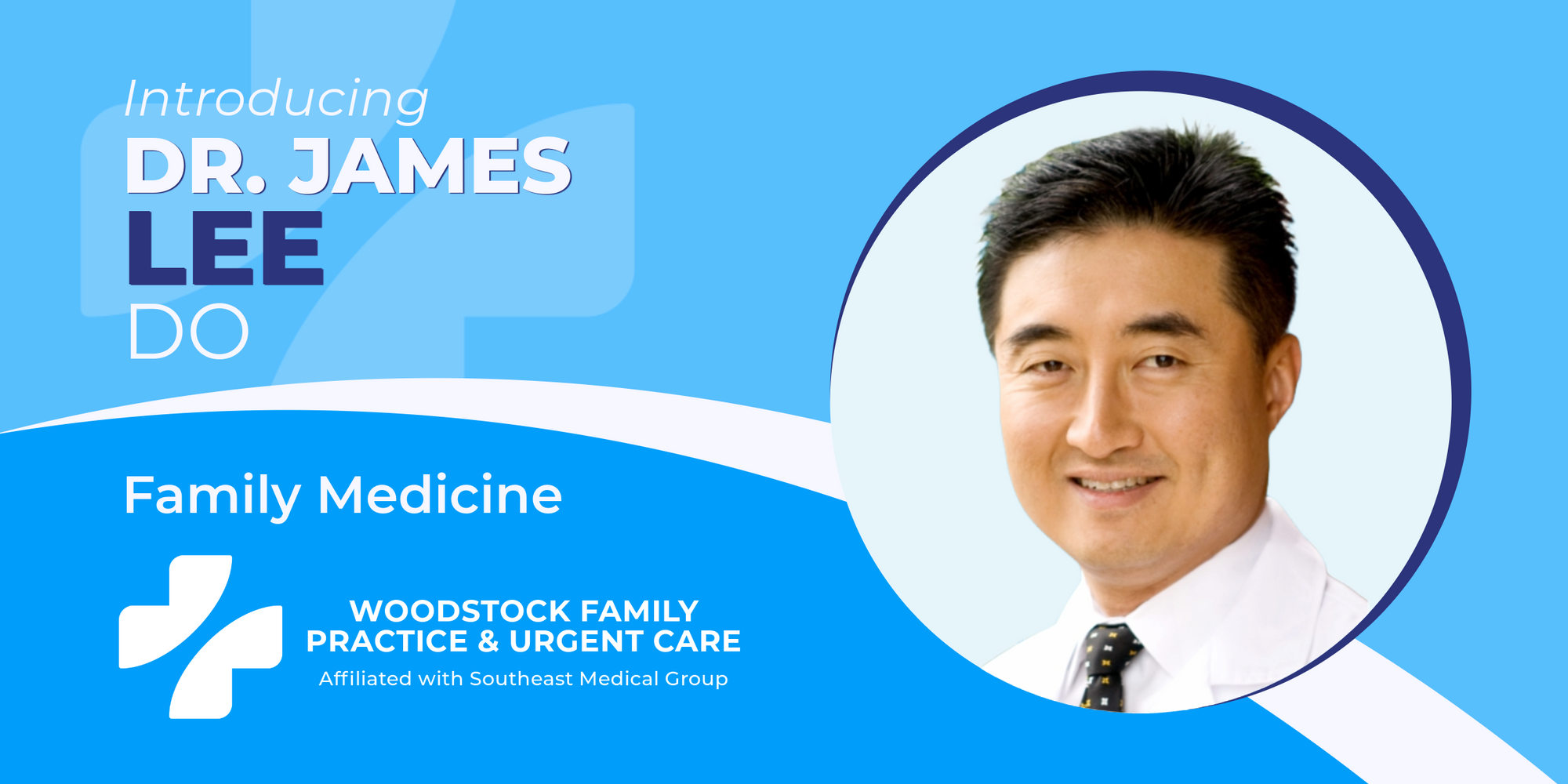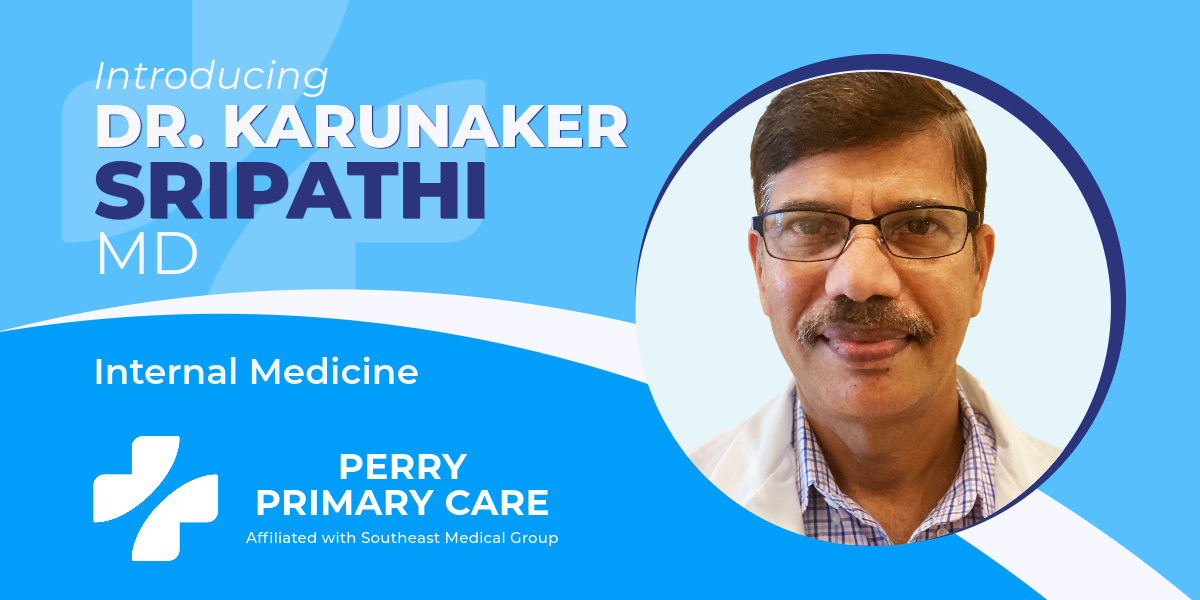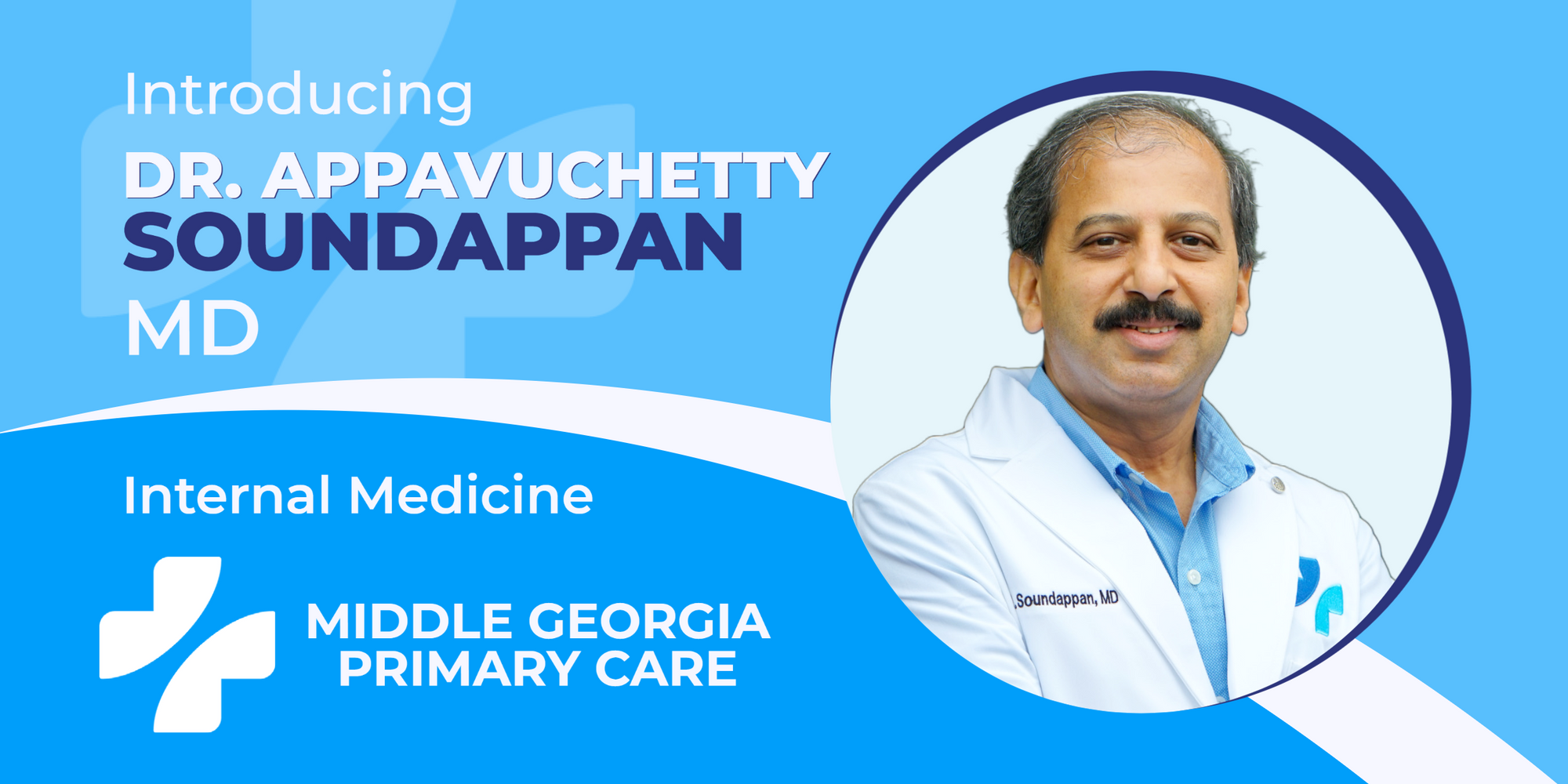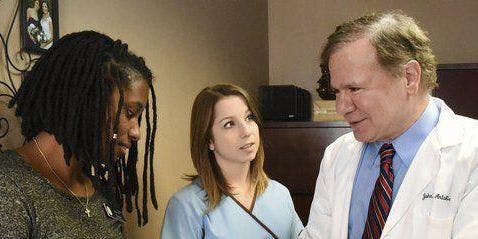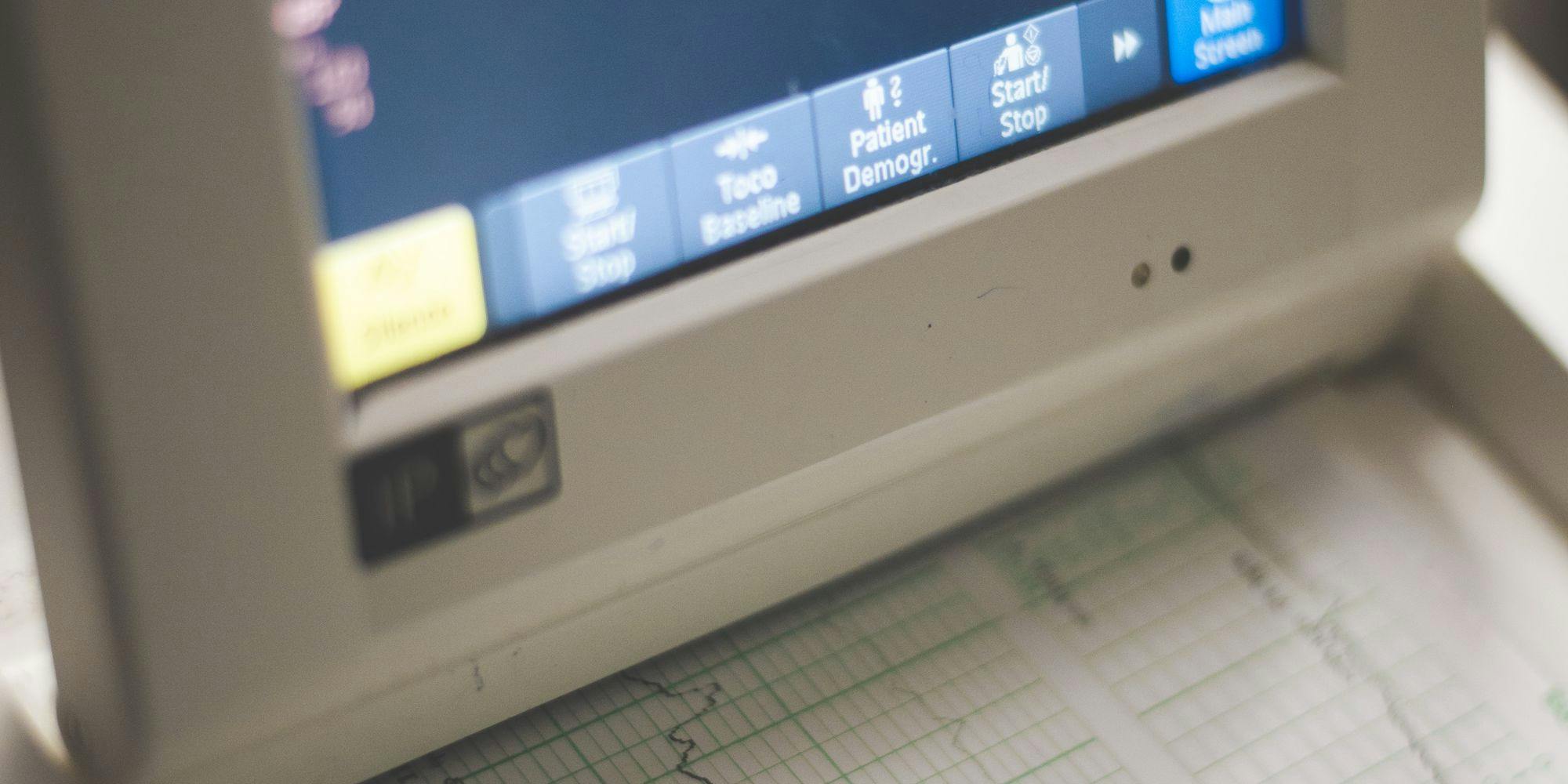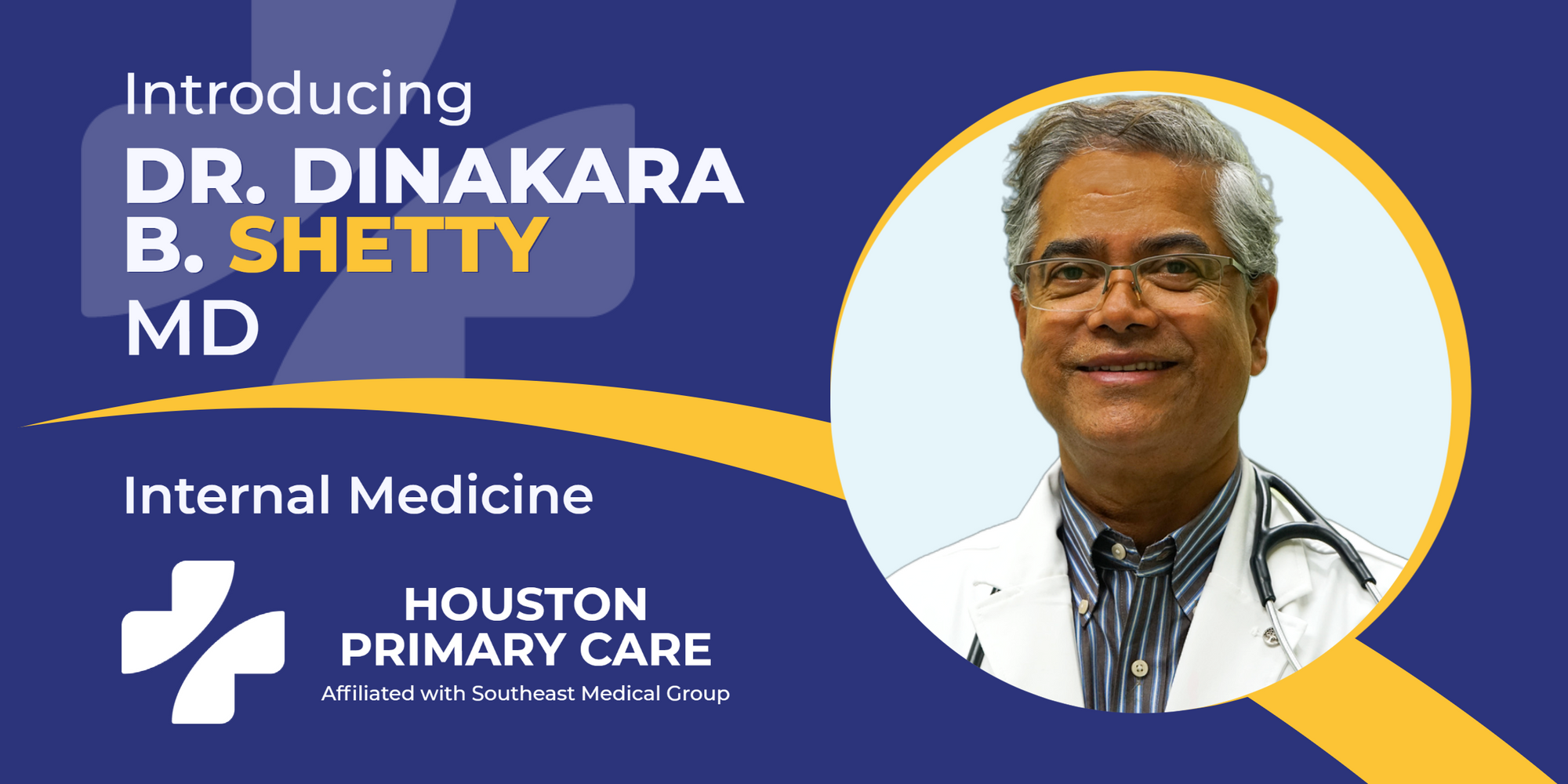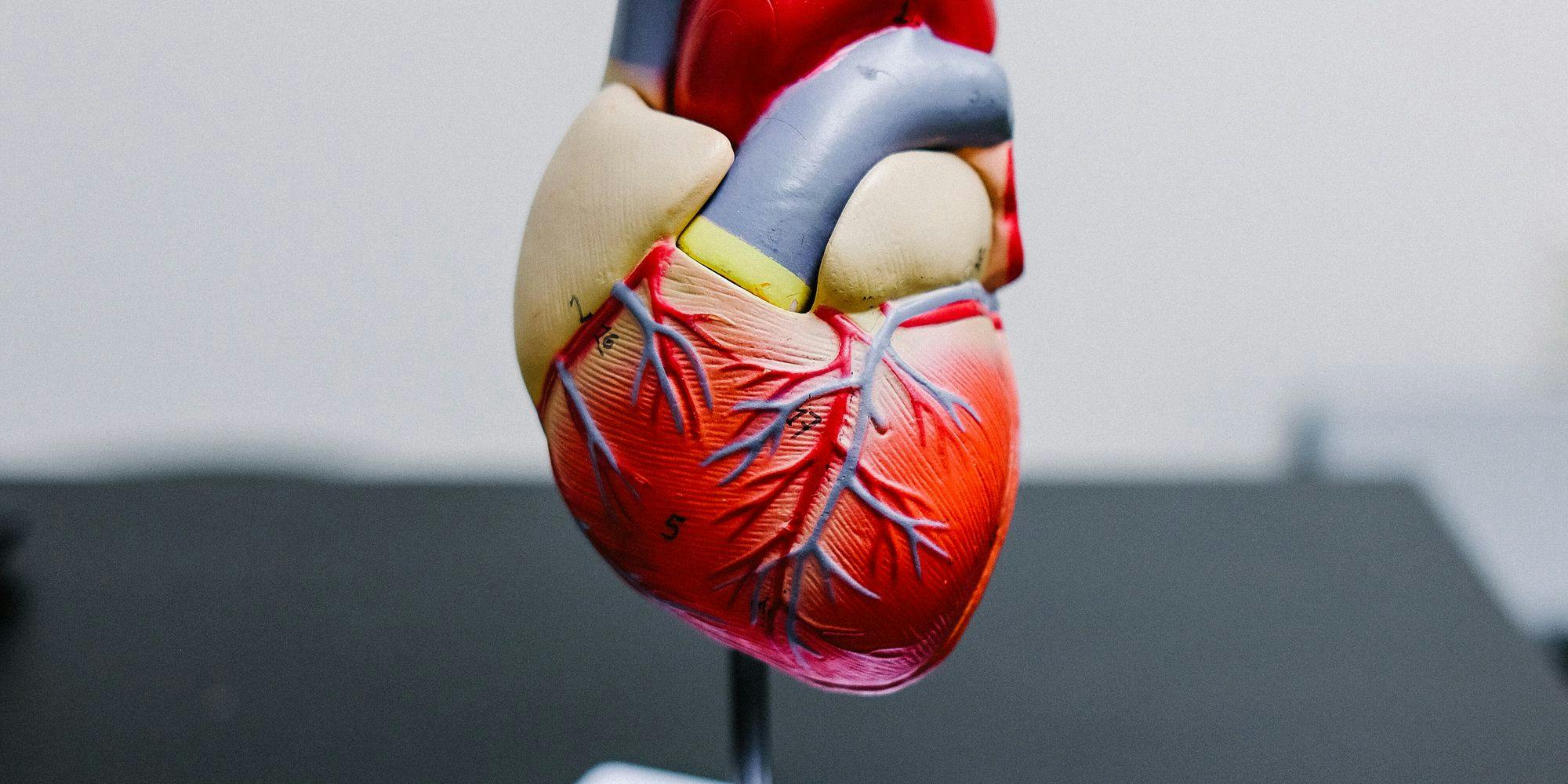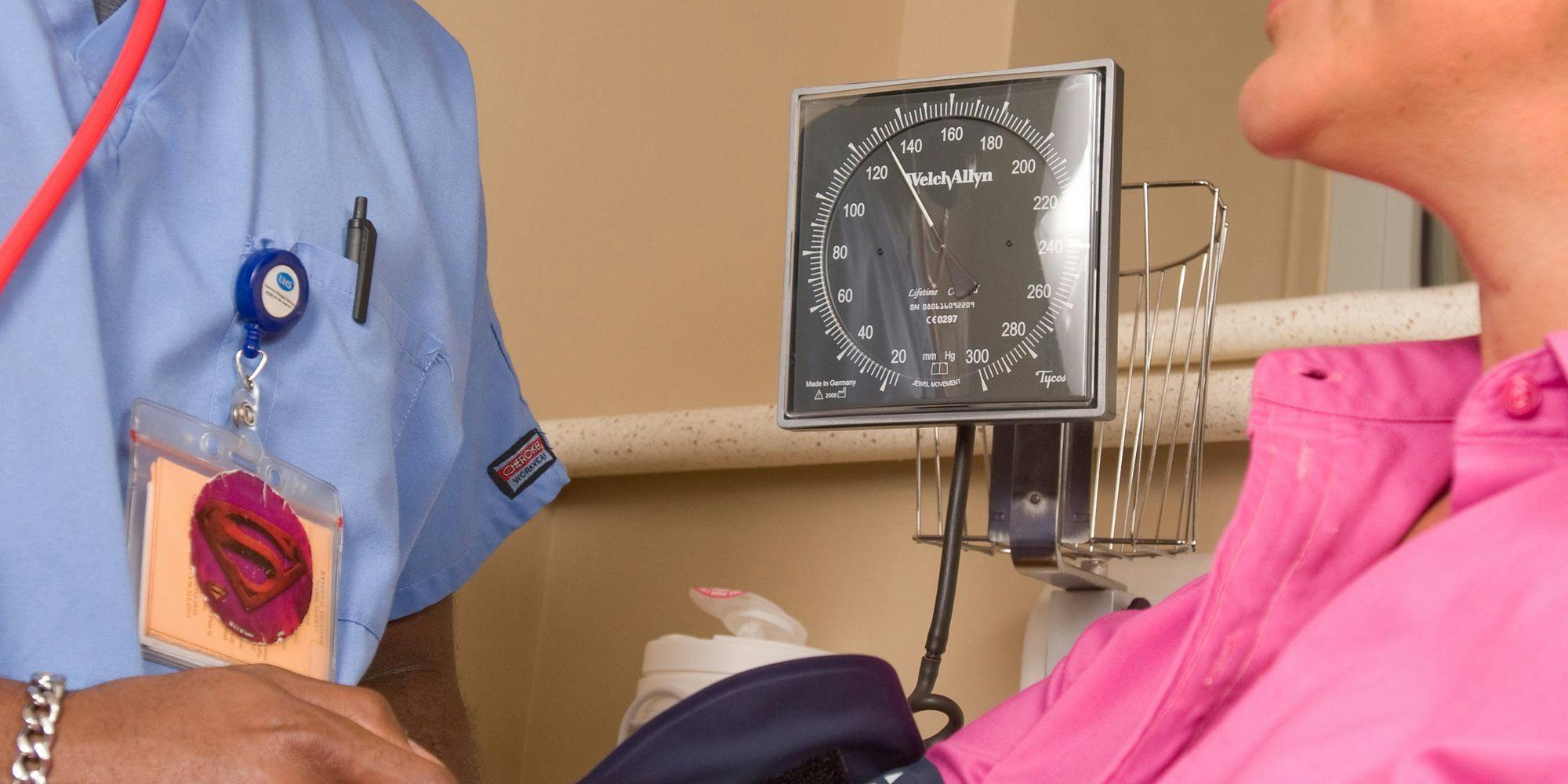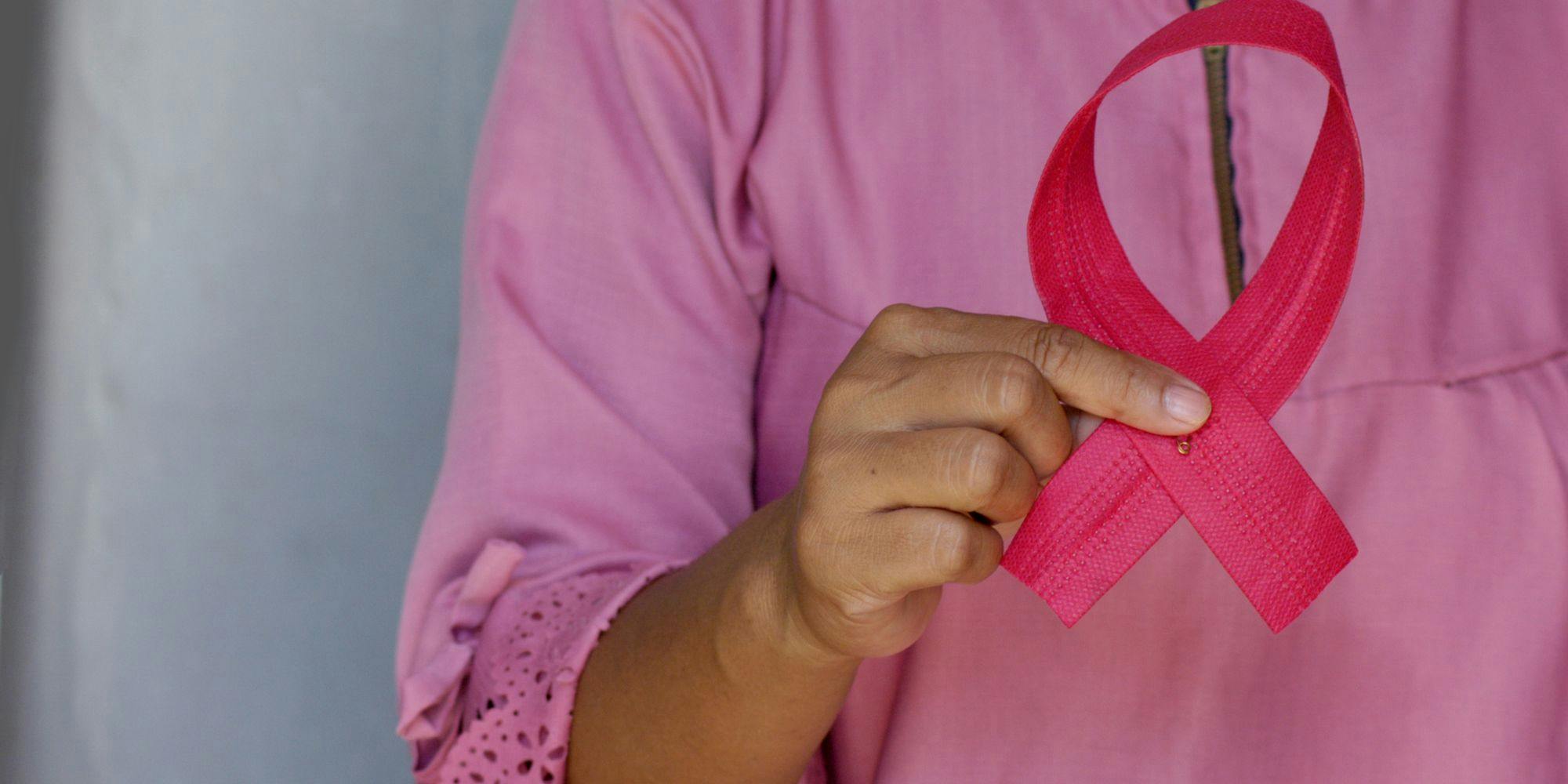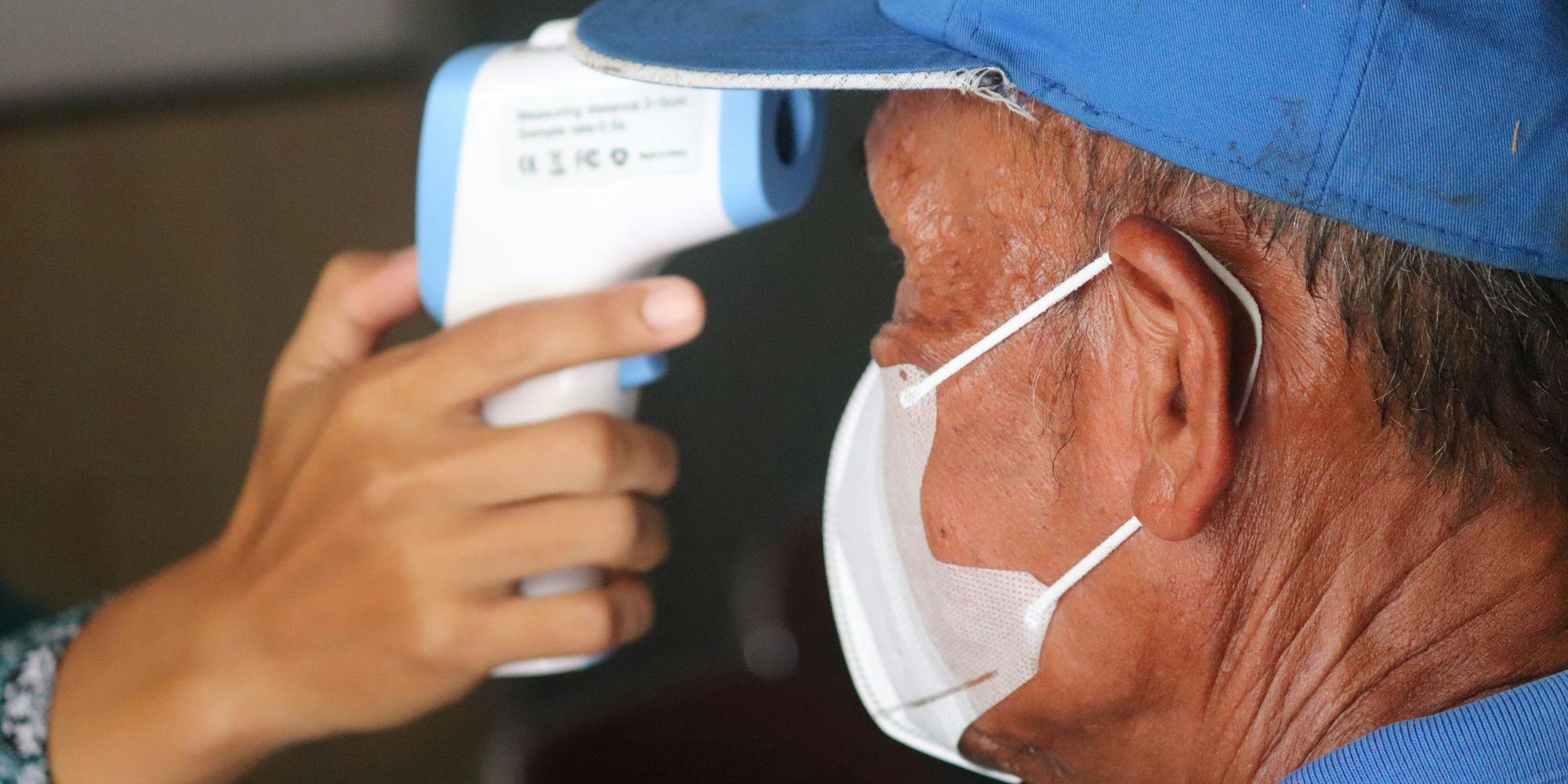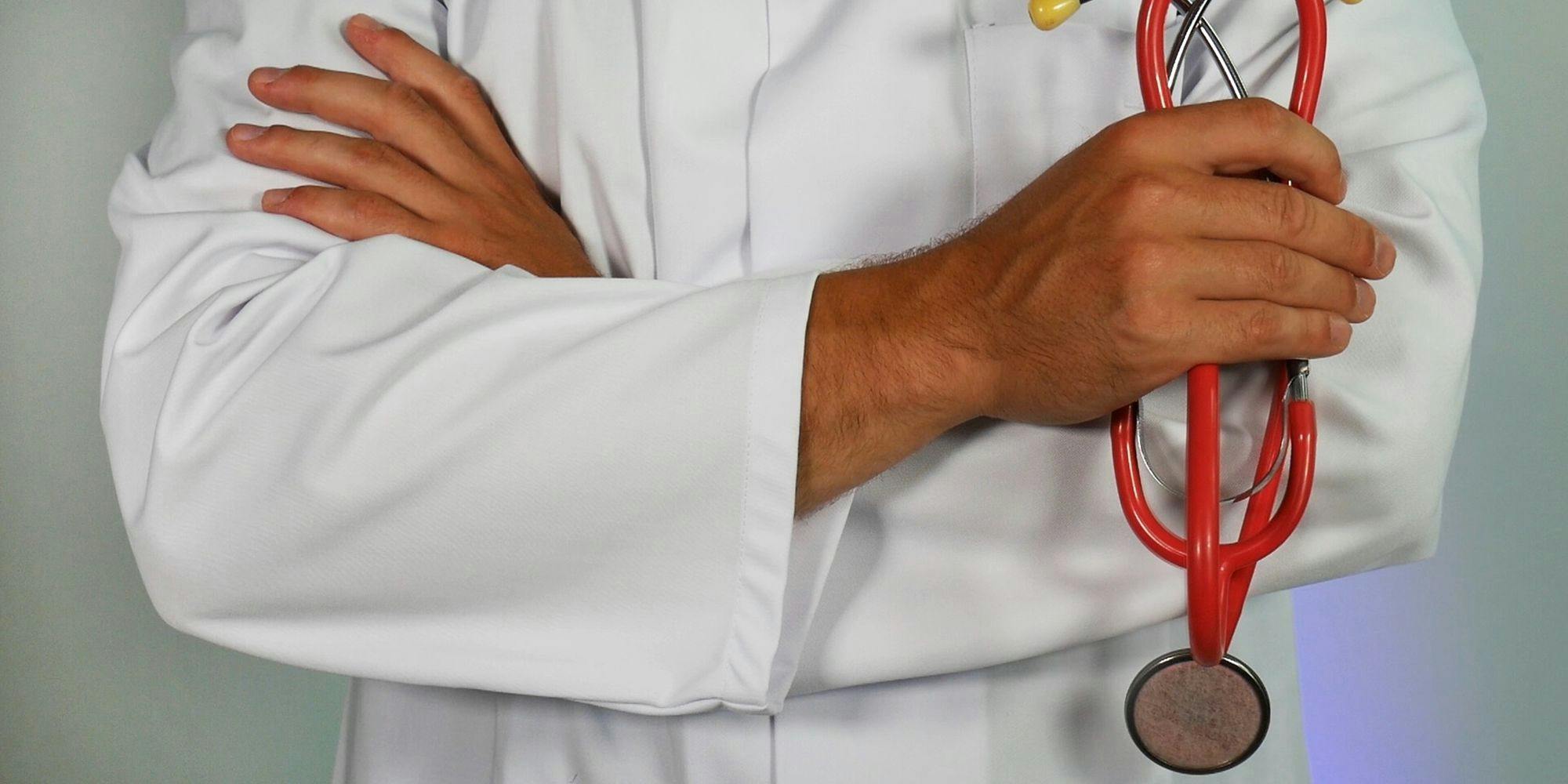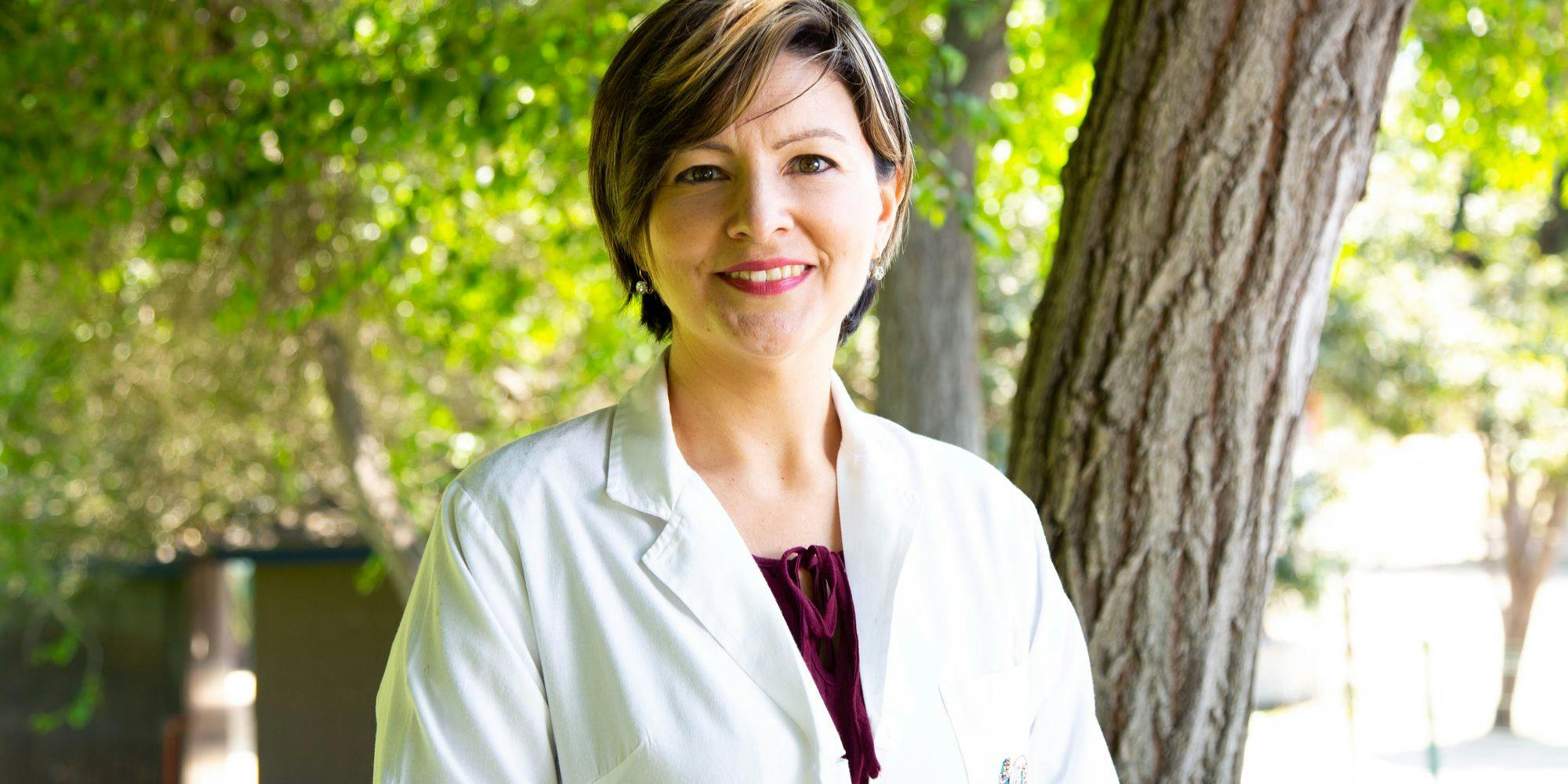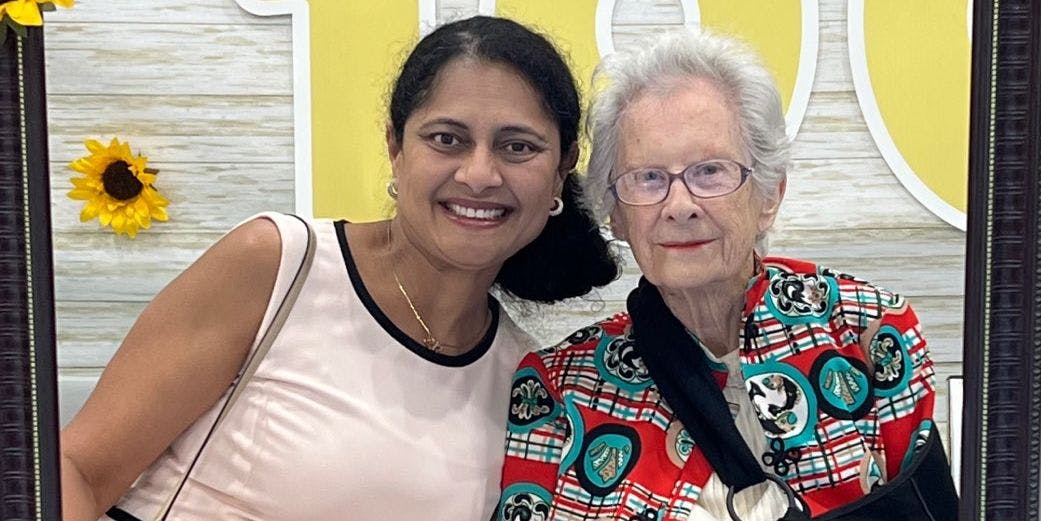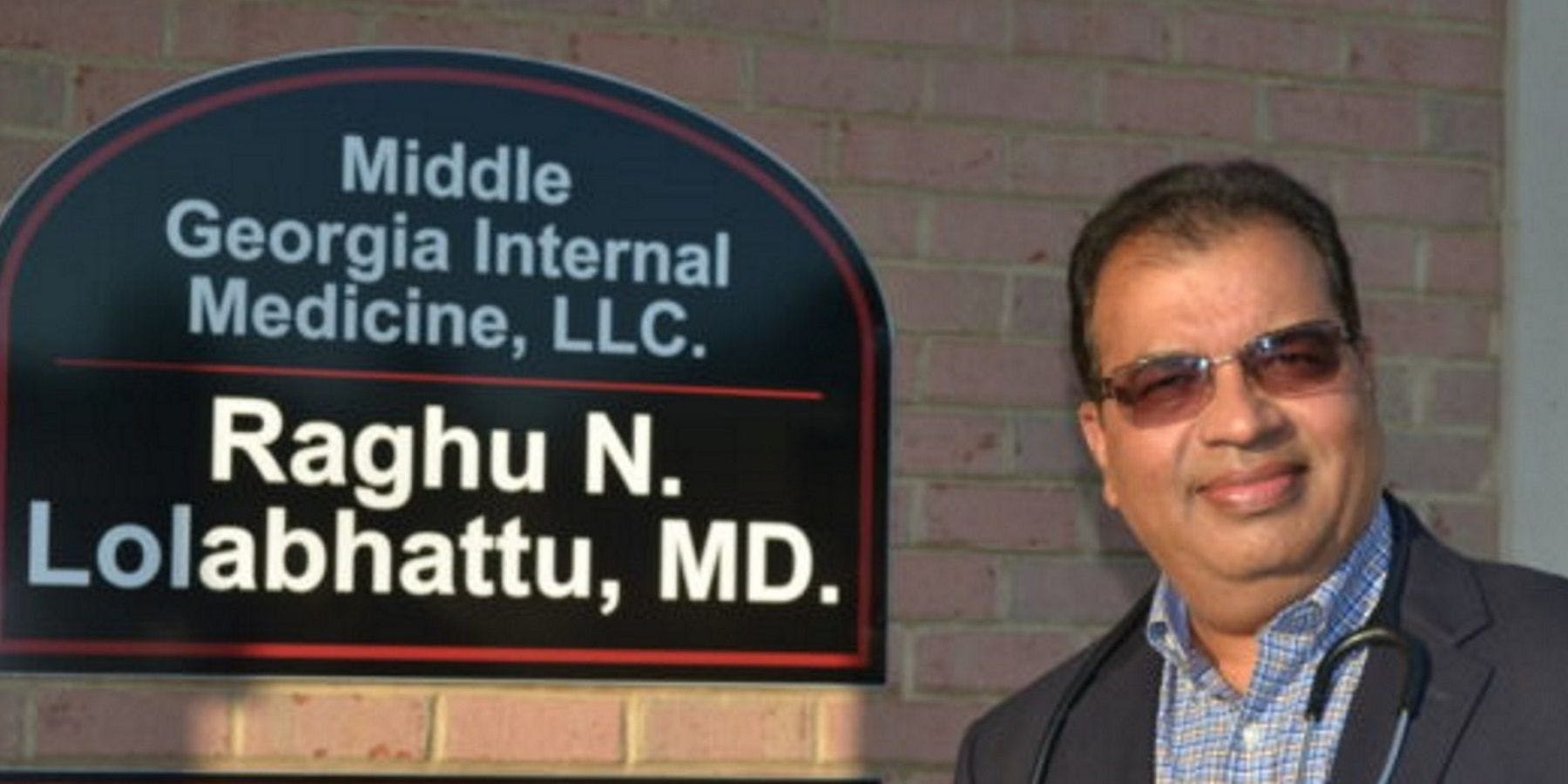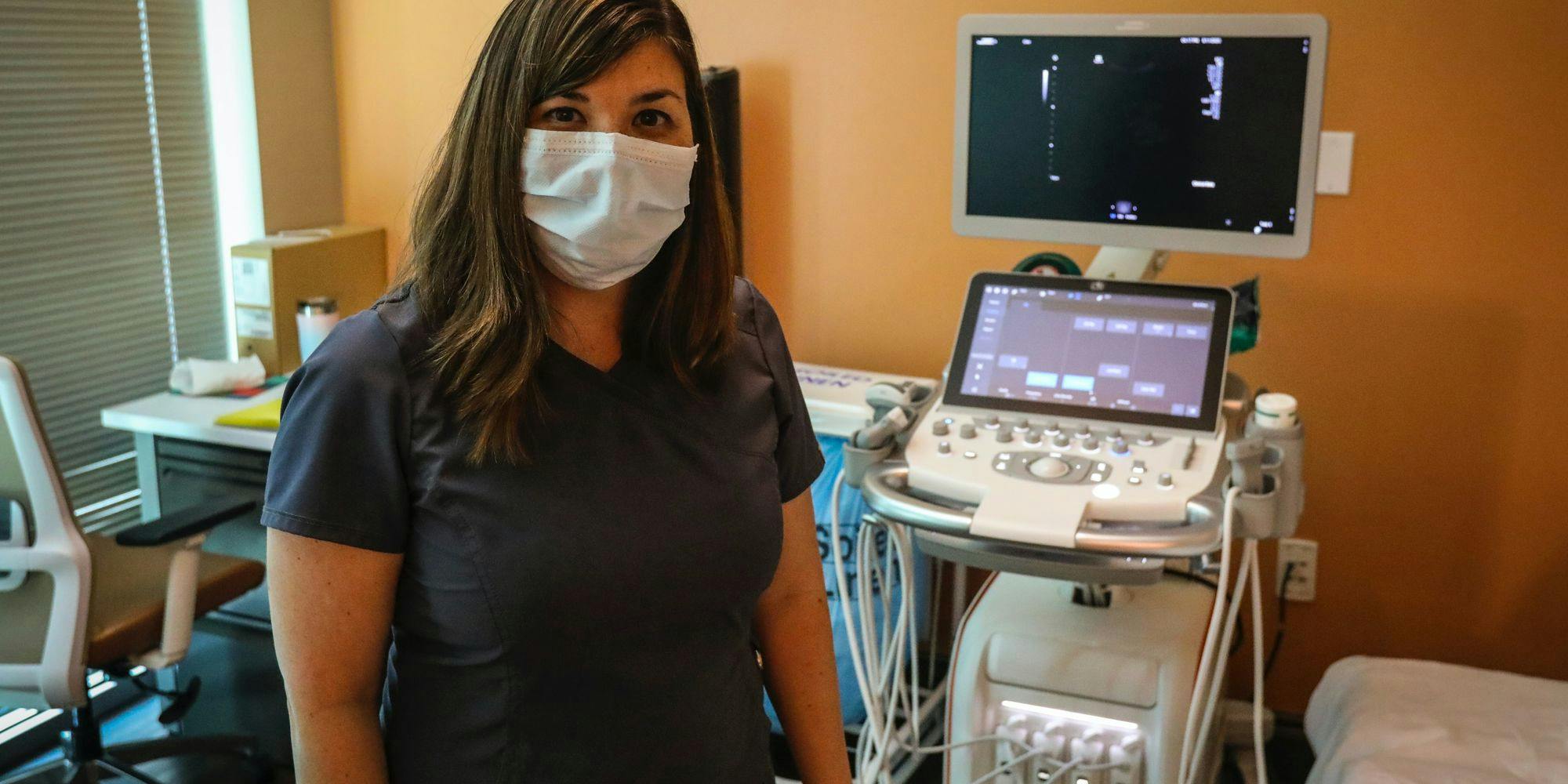Solving the Physician Shortage with International Med Students

No matter how you slice the data, there’s a physician shortage coming—and some states are preparing to be harder hit than others.
The latest report from the Association of American Medical Colleges on the topic, released in April 2016, revealed that over the next decade the United States will face a labor shortage of between 61,700 and 94,700 physicians, with a significant shortage among many surgical specialties. By 2025, the study estimates a shortfall of between 14,900 and 35,600 primary care physicians. Non–primary care specialties are expected to experience a shortfall of between 37,400 and 60,300 physicians.
“These updated projections confirm that the physician shortage is real, it’s significant, and the nation must begin to train more doctors now if patients are going to be able to receive the care they need when they need it in the near future,” commented Darrell G. Kirch, MD, AAMC president and CEO, at the time of the report’s release.
Georgia is among those states expected to be hit particularly hard by the shortage; the state is set to have the lowest number of physicians per capita by 2020. The Georgia Composite Medical Board (GCMB) is taking steps now to do something about this problem.
Creating a new source of physicians to slow the shortage
Recent surveys from WalletHub ranked Georgia as 45th worst for children’s healthcare and 46th worst healthcare overall. Moreover, a report on the 2014 state House Study Committee on Medical Education found Georgia—currently ranked 39th in physicians per capita—would by 2020 be 50th in the number of primary care physicians per capita.
As a result, the state is using international medical school accreditation to fast-track international students into practice and stem these shortages.
New York, New Jersey, Florida, and California have for some time required state approval in order for international schools to teach within the confines of their state. Georgia joined this group to ensure that international students who use the state as a training site are held to a high standard.
The process began around five years ago, explains Dr. John Antalis, a physician at Dalton Family Practice and chair of the Georgia Composite Medical Board, when the board began reviewing international medical schools to distinguish those that had a good track record for teaching excellence.
“Georgia did not have a particular rule in its bylaws as to what to do with international schools, so [in 2010] it was decided to base a lot of the credentialing on the California list of approved medical schools,” Dr. Antalis recalls. Medical school graduates from accredited schools can get a license within one year, but it’s a three-year process for graduates from non-accredited schools.
This decision led to the board’s formation of the International Schools Committee—and the realization that the California list of approved schools had not been updated in almost 20 years. To ensure the maximum number of prepared students coming into the state to practice, the state began to offer accreditation to schools beyond the California list.
“We should be held to high standards—after all we’re training physicians,” comments Dr. G. Richard Olds, president and CEO of St. George’s University (SGU) in Grenada. The process for state approval was similar to accreditation through the U.S. Department of Education-recognized Liaison Committee on Medical Education accrediting body, he notes. And by speeding up the process through which graduates of programs like SGU can begin to practice, Georgia is fast-tracking primary care physicians into areas where its shortages are most pressing.
Addressing the maldistribution problem
“There’s no question that Georgia has a shortage of physicians, but I’d also point out a far greater problem is the maldistribution of physicians within the state, and by specialty,” Dr. Olds says.
He points to California by way of example. Prior to serving as president of SGU, Olds was the founding dean of the School of Medicine at the University of California, Riverside, which he notes was specifically built to address physician shortages.
“The state of California overall has a modest physician shortage, probably much like Georgia,” Olds explains. “But if you look more closely, there are four areas—Marin County, West Los Angeles, the Orange Coast, and North San Diego—that all have a physician surplus. In fact, they have twice as many primary care physicians as they need and three times as many specialists. But the areas of inland California, the central valley, and northern California, all have severe physician shortages, with probably less than half the primary care doctors they need and short of most specialties.
“So when you look at the state as a whole, it doesn’t look like as big of a problem as it truly is because they don’t break it down by supply and demand,” Olds notes.
Georgia is seeing a similar maldistribution between its urban centers and rural areas.
“Georgia increased the number of medical graduates by 51%. This expansion has created a bottleneck. While the number of medical graduates has been increased, there has not been a corresponding increase in the number of residency slots, especially in growing states like Georgia,” states the Georgia House report.
“Most people would think if you have a shortage of doctors in Georgia, you should build more medical schools in Georgia. Common sense might say that,” says Olds. “The problem with that strategy is that doctors do not practice where they go to medical school. About 40% of the time, doctors practice where they’re from. So it’s important that Georgia residents, and particularly residents that come from areas of the state that have particularly severe physician shortages, get into medical school.
“On the other side, between 40 to 60% of the decision—and that difference depends on whether we’re talking about a rural area or urban area—is determined by where they complete their residency training after medical school,” Olds adds. This was a finding supported by the Georgia House report.
It’s for motivations such as this that the GCMB recently approved third- and fourth-year medical students from SGU to pursue their clinical training in Georgia. It’s a move that the board hopes will alleviate the state’s doctor shortage, particularly as international medical school graduates are more likely to go into primary care in underserved communities. Offering clinical rotations to SGU students encourages them to serve as doctors in Georgia after graduation.
Encouraging practice where it’s needed
SGU is seeking to not only get students into the locales where they’re needed, but also encourage students to go into the fields where particularly severe shortages are being seen.
“Many U.S. medical schools are principally training specialists and they’re ending up practicing around the big academic medical centers through which they train. This is I guess a good thing, but it isn’t addressing this maldistribution problem by specialty and geographic area,” Olds points out.
To address this need, and to better position its students to find jobs following graduation, SGU trains its doctors in community hospitals and in federally qualified outpatient centers, or areas where the physician shortages are being felt. “We train our doctors in the environments that we want them to practice in, and a high percentage of our doctors, not surprisingly, go into primary care and into those geographic areas through which they’ve had experience,” Olds notes.
“Unfortunately, until very recently most medical students who go into residencies are really not encouraged to go into primary care as much as they should, so there has become more and more of a shortage. Basically schools such as SGU had to be qualified, as they were more interested in primary care as a specialty. What I see is that, not in all cases of course, but there’s more of a tendency for those who do go to international medical schools to go into more primary care,” Antalis adds.
Moreover, those students who are U.S. citizens—for SGU, that’s about 70%—want to return home and work there, Dr. Olds notes. “When I talk to partner hospitals, we’re talking about sending them kids from their neighborhood, and they’re very excited about that.”
At present, SGU has 83 Georgia residents in medical school, more than 200 graduates from Georgia, and more than 150 alumni practicing in the state. “Now that we are certified in Georgia, we’re going to do an even bigger job of recruiting students from Georgia and have them be able to return home their third and fourth year of medical school,” Olds says.
But having one or two new schools send a fresh influx of doctors into their state isn’t going to eliminate the physician shortage.
“The state needs to build more graduate medical education programs in the fields in short supply, like family medicine and general internal medicine, psychiatry, and fields where the shortages are more severe,” Olds says. “Don’t build them in the big urban centers—build them in the communities that have the biggest shortages, since that’s about half the decision of where doctors practice.”
He adds, “We are looking to encourage hospitals within Georgia to develop new graduate medical education programs because, ultimately, Georgia’s physician shortage and maldistribution of physicians is only going to get solved by recruiting more Georgians into medical school and having them do their residency training in geographic areas of the state that are in short supply of physicians.”
Ensuring a high-quality education
At that time that Georgia was evaluating the need for its own accreditation process, there were 60 to 70 Caribbean medical schools, and not all of them were top-notch, says Dr. Antalis. Some of them raised “grave concerns during our review … they were really not doing a very good job of educating their students, especially those who wanted to come to the U.S., to be ready and prepared to handle the exams.”
And even with state approval, many U.S. physicians have a stereotypical view about the quality of education available from international medical schools, particularly from institutions based in the Caribbean.
“Yes, we clearly have our detractors, but medicine is the most heavily regulated field in the world,” Olds says. “All of our students have to pass the very same exams that every U.S. medical student has to pass. In that sense, they are held to exactly the same standard.”
In fact, new evidence suggests international students who have received quality training may even have an edge on their U.S.-trained counterparts. A study published in January 2017 in BMJ concluded that patients treated by international graduates had lower mortality than patients cared for by U.S. graduates. It found that after adjustment for patient and physician characteristics and hospital fixed effects, Medicare patients treated by international graduates had lower mortality at rates of 11.2% vs. 11.6%, and slightly higher costs of care per admission (adjusted costs of $1,145 vs. $1, 098). Readmission rates did not differ between the two types of graduates, and differences in patient mortality were not explained by difference in length of stay, spending level, or discharge location.
“As we consider expanding our physician workforce, these results suggest that systems modeled on the current rigorous approach to incorporate international medical graduates should allow for better access to care and good outcomes,” the study notes.
As the study lead. Dr. Yusuke Tsugawa, research associate at the department of health policy and management at the Harvard T.H. Chan School of Public Health, commented in an article in Time, “Some patients are concerned about the quality of care from foreign medical graduates. That is, I think, unfair without looking at exactly at whether their performance is as good as the U.S. medical graduates.”
In the meantime, Olds would tell his detractors, “Don’t judge us by everyone else in our space; judge us by the performance of our school. If I told you there was a bad hospital in Boston and turned around and said all hospitals in Boston are bad, you wouldn’t think that is fair. There are some very good international schools. I think we are one of them, and the state of Georgia just judged us to be one of them – and I like to think the graduates of our university make outstanding doctors.”
Article written by Megan Headley/PSQH. August 9, 2017
